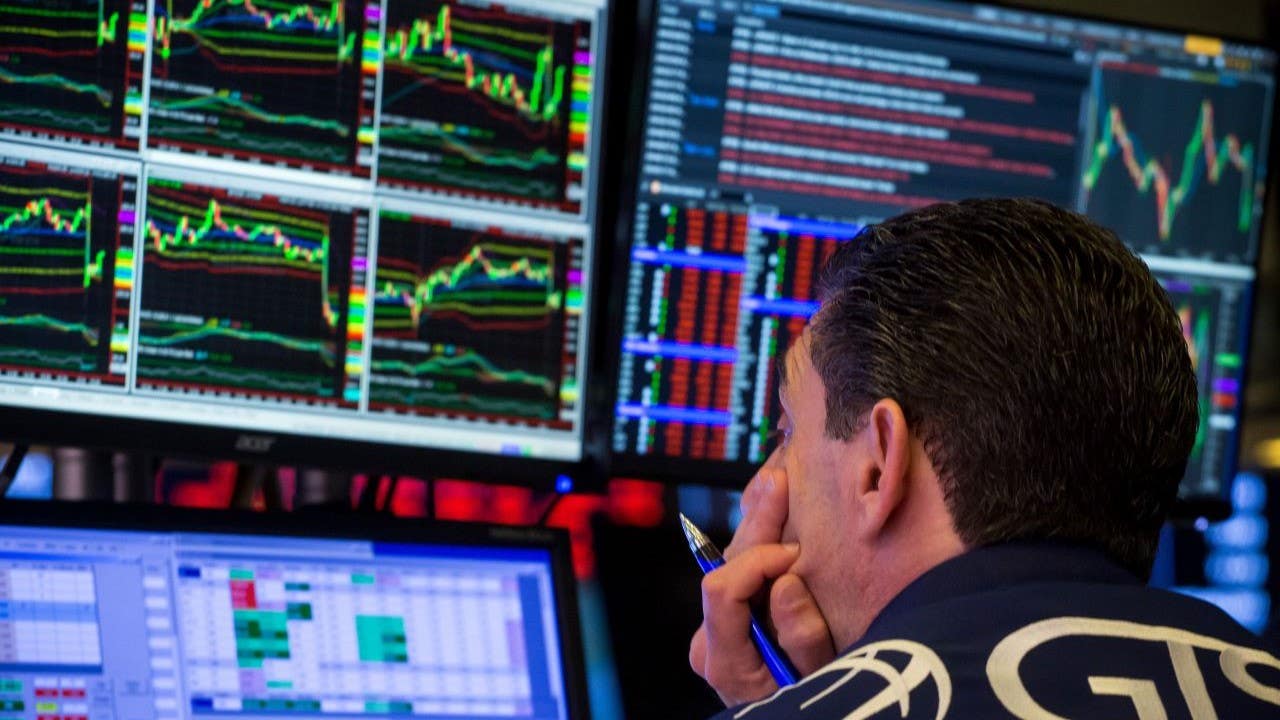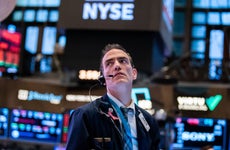Cboe Volatility Index (VIX): What is it and how is it measured?

The Bankrate promise
At Bankrate we strive to help you make smarter financial decisions. While we adhere to strict , this post may contain references to products from our partners. Here's an explanation for .
Stocks are volatile. That much is understood by most investors, but what exactly is volatility and how is it measured for the overall stock market? You may have seen references to something called the VIX, an index that measures volatility, during times of extreme financial stress. Understanding it all can be complicated, so let’s take a closer look at what it means.
What is the Cboe Volatility Index (VIX)?
The VIX is an index run by the Chicago Board Options Exchange, now known as Cboe, that measures the stock market’s expectation for volatility over the next 30 days based on option prices for the S&P 500. Volatility is a statistical measure based on how much an asset’s price moves in either direction and is often used to measure the riskiness of an asset or security.
The VIX, which was first introduced in 1993, is sometimes called the “fear index” because it can be used by traders and investors to gauge market sentiment and see how fearful, or uncertain, the market is. The VIX typically spikes during or in anticipation of a stock market correction. The higher the VIX goes, the more volatile things are expected to be.
In March 2020, as concerns around the COVID-19 pandemic took hold and its impact on the economy was unknown, the VIX reached an all-time high of 82.69. This peak surpassed its previous high of 80.86, which was reached during the fall of 2008 as the global financial crisis was wreaking havoc on markets. For most of its existence, the VIX has generally sat somewhere between the levels of 10 and 30.
How volatility is measured
The VIX is attempting to measure future volatility over the next 30 days, but it doesn’t do so precisely. A VIX level of 25 doesn’t mean that volatility will average 25 percent over the next month or so. In fact, studies on the VIX have shown that it tends to overestimate volatility by an average of 4 or 5 percent. But the studies also show that there is some predictive value in the VIX. Here are some simple guidelines for what the VIX level is implying about future volatility:
- VIX of 0-12: When the VIX is at this level volatility is expected to be low. For context, the lowest daily closing value for the VIX was 9.14 in November 2017.
- VIX of 13-19: This range is considered to be normal and volatility over the next 30 days when the VIX is at this level would be expected to be normal.
- VIX of 20 or higher: When the VIX gets to be above 20, you can expect volatility to be higher than normal over the next 30 days. This level is typically reached during times of market stress such as when there are concerns about an economic slowdown or recession. During extreme market events like the financial crisis or the onset of a global pandemic, the VIX may reach levels of 50 or higher.
It should be noted that these are rough guidelines ⏤ unexpected events can throw a wrench into markets and a low VIX level today could be followed by a period of extreme volatility if circumstances change.
Can you invest in the VIX?
Investing in the VIX directly is not possible, but you can purchase ETFs that track the index as a way to speculate on future changes in the VIX or as a tool for hedging. This isn’t something that will make sense for most investors who are working to meet a long-term goal such as saving for retirement.
But for those who are more inclined to trade and speculate, ETFs that track the VIX can be a useful tool. When uncertainty and fear hits the market, stocks generally fall, and your portfolio could take a hit. But having a small amount of money invested in an ETF that tracks the VIX can help dampen the blow.
Bottom line
The VIX is an index that measures expectations about future volatility. It tends to rise during times of market stress, making it an effective hedging tool for active traders. Though it can’t be invested in directly, you can purchase ETFs that track the VIX. When its level gets to 20 or higher, expectations are that volatility will be above normal over the coming weeks.
Editorial Disclaimer: All investors are advised to conduct their own independent research into investment strategies before making an investment decision. In addition, investors are advised that past investment product performance is no guarantee of future price appreciation.
Related Articles



